The park’s oldest wetlands are falling silent fast.
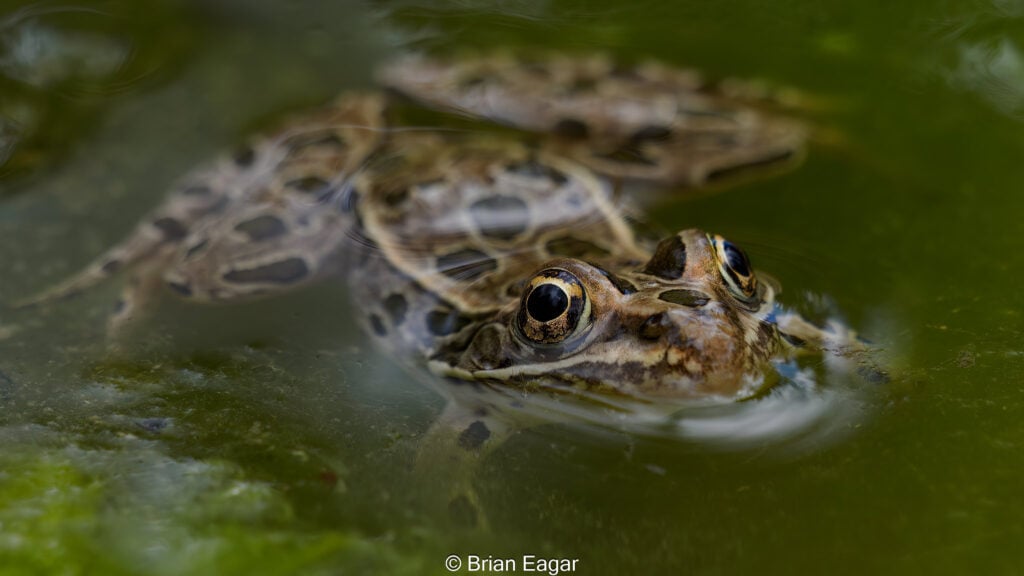
Yellowstone’s once-buzzing ponds are quieting in ways that biologists say they’ve never seen before. The northern leopard frogs, long considered a barometer of the park’s wetland health, are vanishing as drought stretches longer each year. Shallow ponds that used to echo with thousands of calls in spring are now shrinking into cracked mud by midsummer, leaving eggs and tadpoles stranded.
It’s not just one bad season, it’s a system unraveling. The frogs’ disappearance reveals how fragile Yellowstone’s water web has become. The drying wetlands are erasing not only a species but an entire soundtrack of life that once defined this landscape.
1. Historic breeding ponds are drying out too soon.
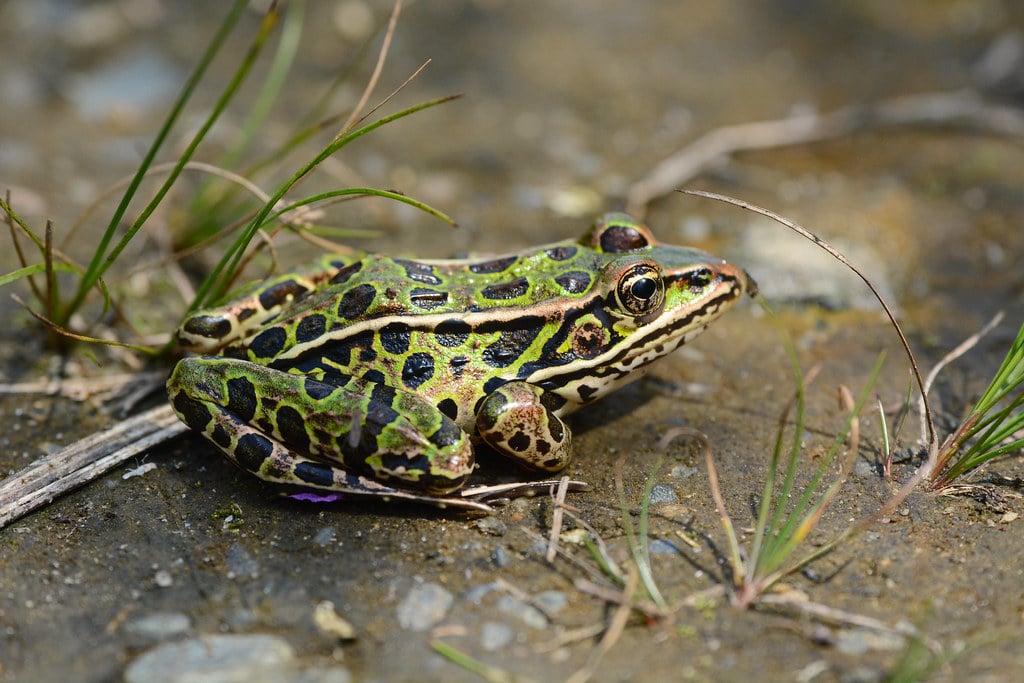
Across Yellowstone’s lower valleys, pond levels are dropping weeks earlier than they did a generation ago. This timing shift means frog eggs, which depend on stable shallow water, often dry before hatching. According to the U.S. Geological Survey, more than one third of the park’s smaller breeding sites have now become seasonal or disappeared completely.
Biologists who once waded through thriving marshes now walk across cracked ground where frogs once spawned. Without those reliable ponds, reproduction has turned into a race against heat and evaporation. The northern leopard frog population is thinning out from the edges inward, following the retreat of water like a fading tide.
2. Tadpoles are dying before completing metamorphosis.
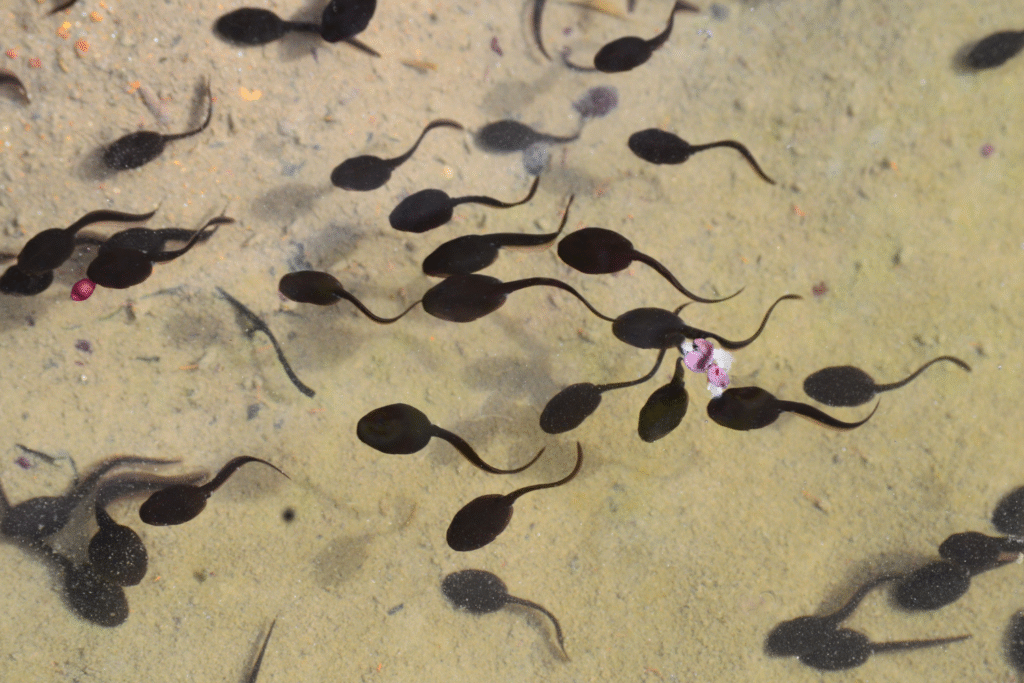
Even when eggs hatch, survival rates are collapsing. As water evaporates faster, tadpoles become trapped in shrinking pools. Studies on Yellowstone amphibians show widespread die-offs where ponds dry within weeks, reported by the National Park Service. These conditions leave young frogs without enough time to develop lungs and legs before the heat closes in around them.
Each summer follows the same grim pattern, ponds reduced to puddles, thousands of tadpoles stranded. The cascading loss affects birds, snakes, and insects that depend on them for food. The slow rhythm of life that once defined Yellowstone’s wetlands is unraveling faster every year.
3. Disease spreads faster when ponds become isolated.
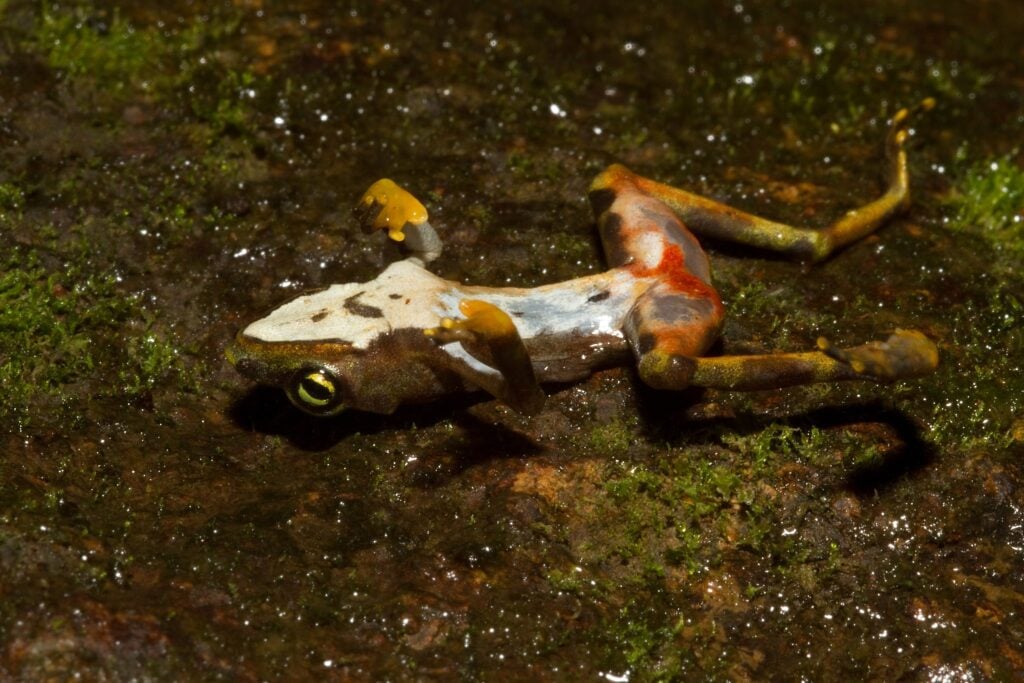
As drought fragments the wetland network, surviving frogs are pushed into fewer water sources. This overcrowding increases exposure to deadly pathogens. Amphibian researchers have recorded rising cases of chytrid fungus, an infection linked to warm, stagnant water, as stated by the U.S. Fish and Wildlife Service. Once it appears in an isolated pond, it often wipes out every frog within weeks.
The smaller the ponds become, the easier the disease spreads. Stressed frogs lose immunity, and young ones rarely survive infection. Yellowstone’s shrinking habitats are becoming breeding grounds for illness rather than life, each season leaving fewer survivors to continue the species.
4. Beavers once helped, but they’re moving upstream.
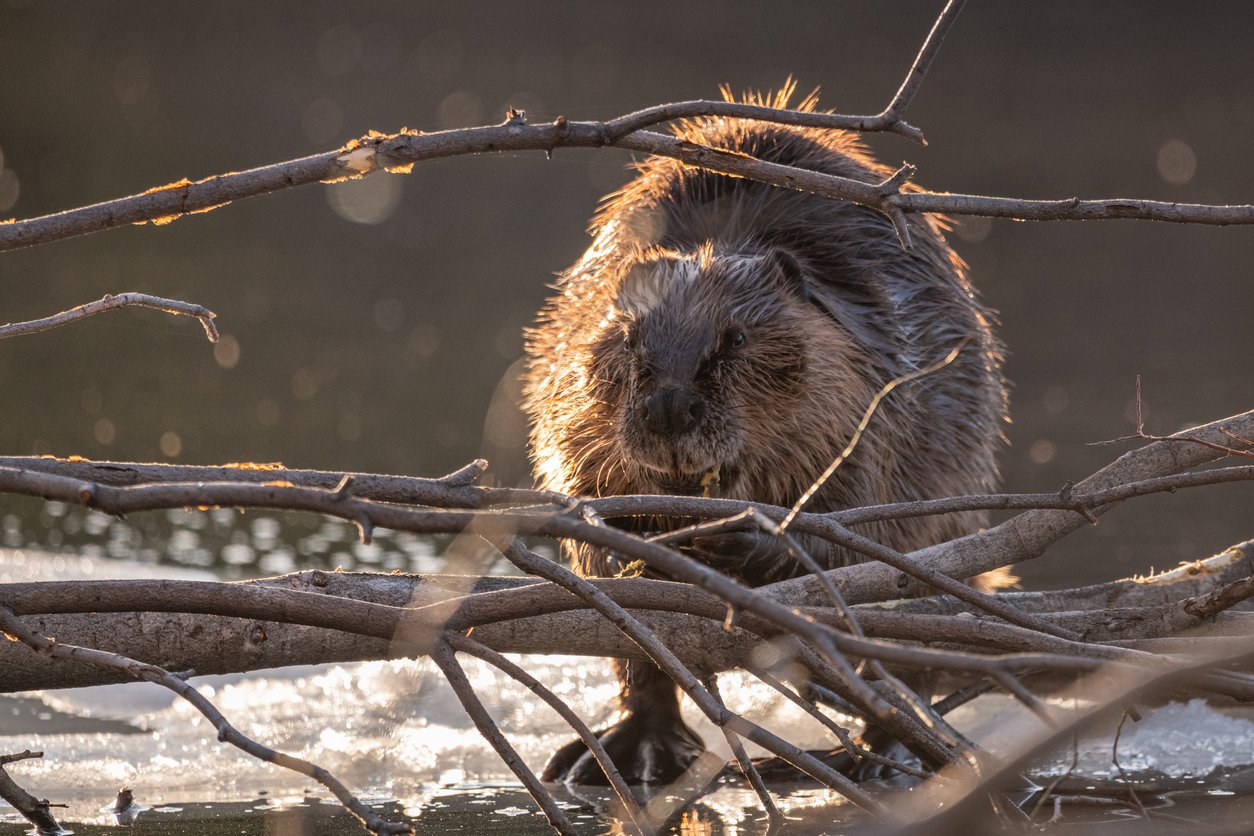
Yellowstone’s wetlands were once built by beavers, whose dams slowed rivers and created the calm water frogs need to breed. But with snowpack dwindling and temperatures rising, beavers have migrated upstream to cooler streams. The abandoned marshes downstream now dry up faster, leaving frogs with nowhere stable to spawn.
Without beavers maintaining those dams, shallow ponds vanish within weeks. The result is an ecosystem unspooling in slow motion. Frogs lose their breeding grounds, birds lose their feeding grounds, and the entire chain of life becomes more fragile. What beavers once built for balance, drought is now quietly erasing.
5. Birds are abandoning areas where frogs once thrived.
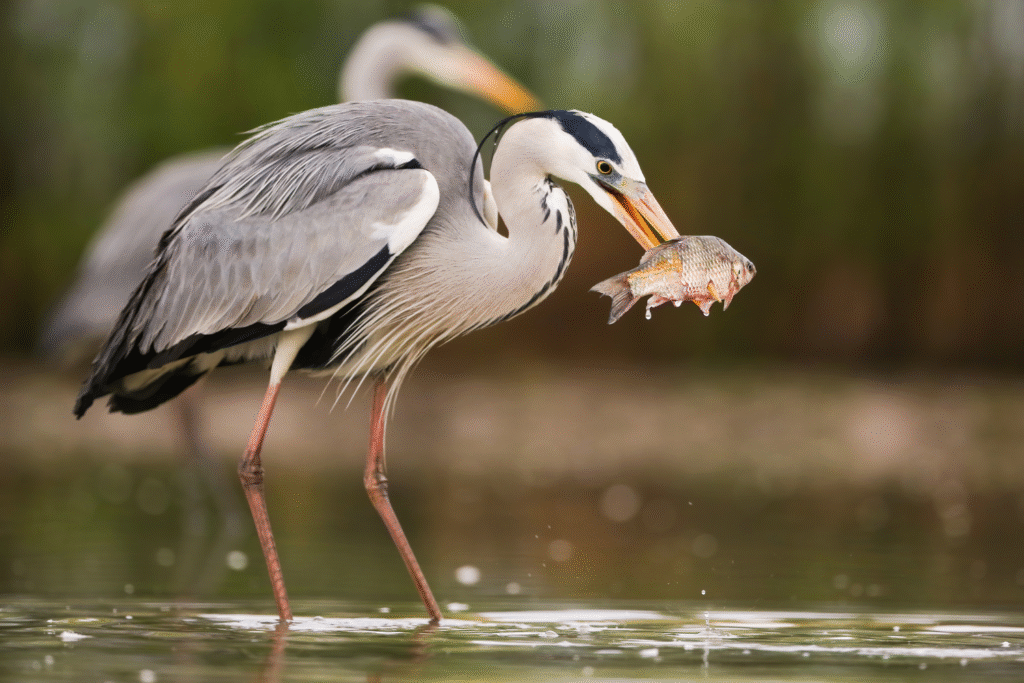
The ripple effect from disappearing frogs reaches Yellowstone’s skies. Herons, cranes, and egrets that once relied on amphibians for food are migrating northward toward wetter terrain. As they vanish, the ponds that remain lose nutrients brought by bird droppings, reducing the fertility of the water itself.
Local ecologists have described the transformation as a “quiet collapse.” The wetlands are still there in shape, but not in function. Without frogs to feed the birds or insects to feed the frogs, the system loops into emptiness. Each vanished call leaves the park slightly less alive than the year before.
6. Climate patterns are rewriting Yellowstone’s water map.
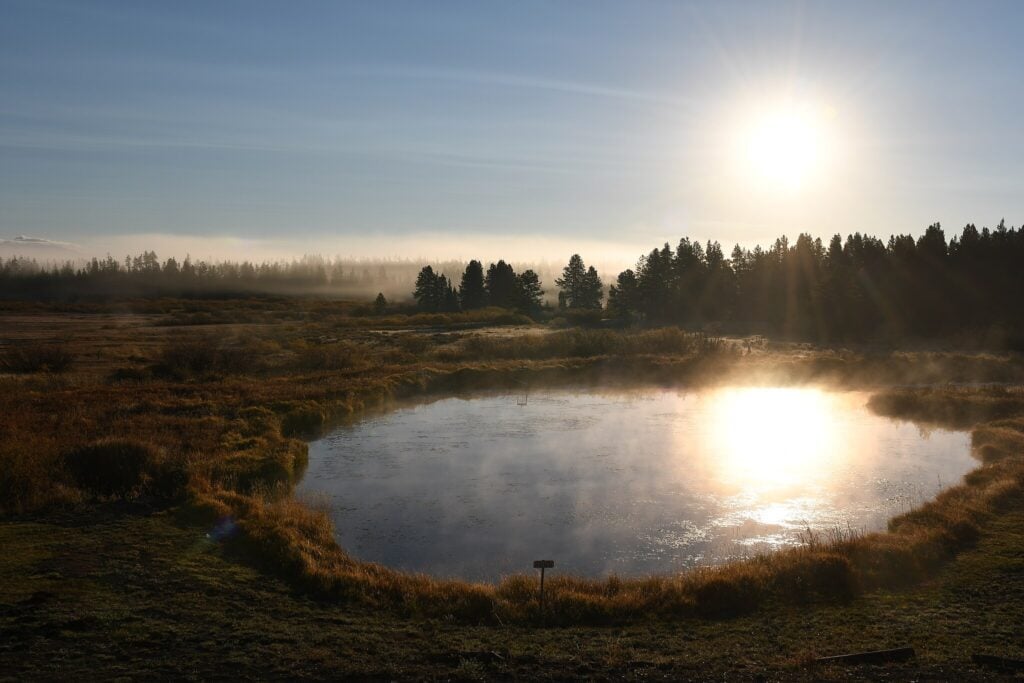
The rhythm of snowmelt and rainfall that once kept Yellowstone’s ponds full has changed completely. Warmer winters bring less snow, and sudden downpours replace gentle spring melt. The water that does arrive flows too quickly to replenish wetlands, drying them before frogs can lay eggs or tadpoles can grow.
Park hydrologists tracking the change say the timing of water now mismatches the breeding cycle that evolved over centuries. Even years with above-average rainfall no longer bring recovery. Without the consistency of seasonal melt, frogs are losing the stability that once made this ecosystem reliable and self-sustaining.
7. Invasive species add pressure where water remains.
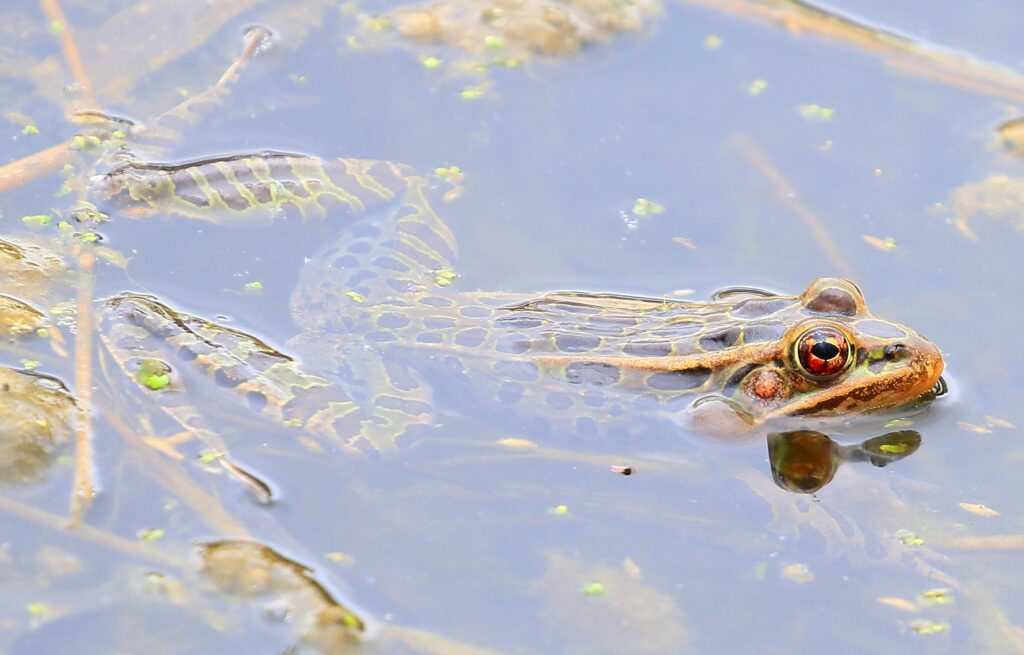
In the last few years, warm shallow ponds have become havens for invasive fish and aquatic insects. These predators feed on frog eggs and tadpoles, overwhelming populations already weakened by drought. Scientists warn that even surviving ponds are becoming death traps as these invaders thrive in conditions too harsh for native species.
The frogs’ avoidance of infested waters limits breeding options even more. Each generation has fewer safe places to reproduce, which shrinks the gene pool and increases vulnerability to disease. What used to be isolated stressors are now combining into a single, accelerating ecological threat.
8. Scientists warn the silence may become permanent.
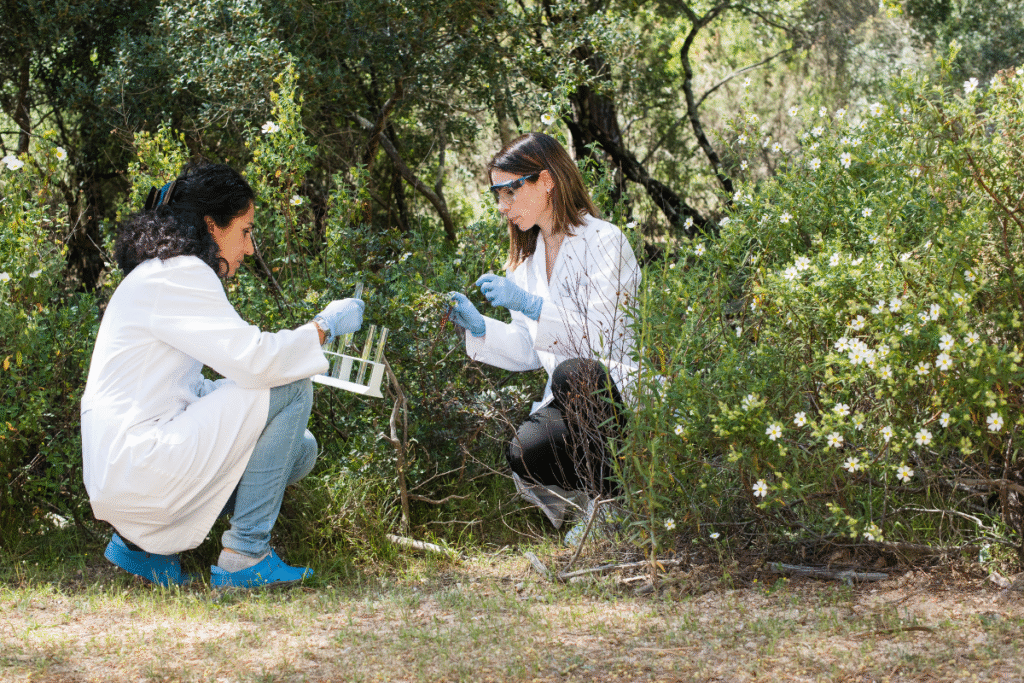
Researchers who have studied Yellowstone’s frogs for decades now speak of permanent loss. Drought, disease, and fragmented habitats are stacking together in ways the species cannot withstand. Some ponds have been silent for ten years straight, showing no sign of recovery even during wetter seasons.
The absence is haunting for scientists who remember when spring meant a chorus of calls across the valleys. The sound of life has been replaced by stillness. Yellowstone’s frogs once announced the arrival of spring; now their silence marks an unsettling shift, one that could echo long after the ponds are gone.
